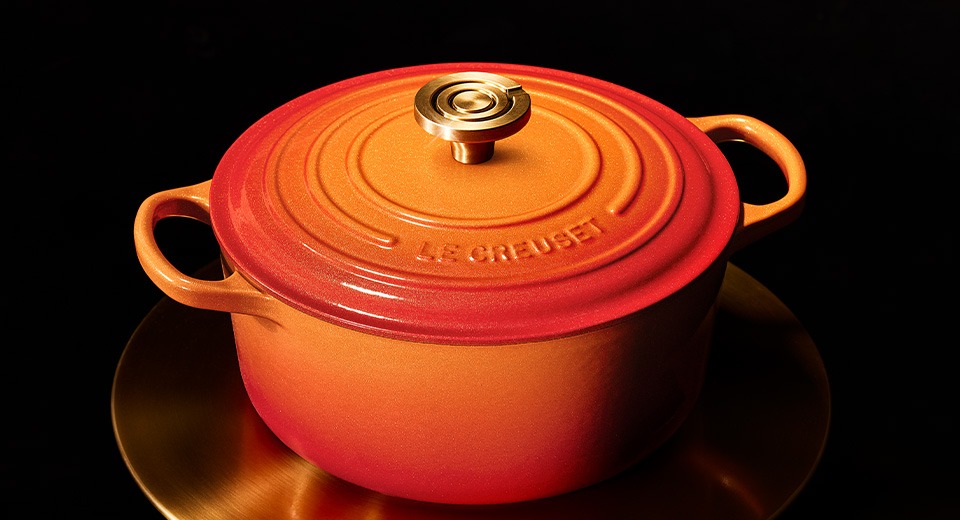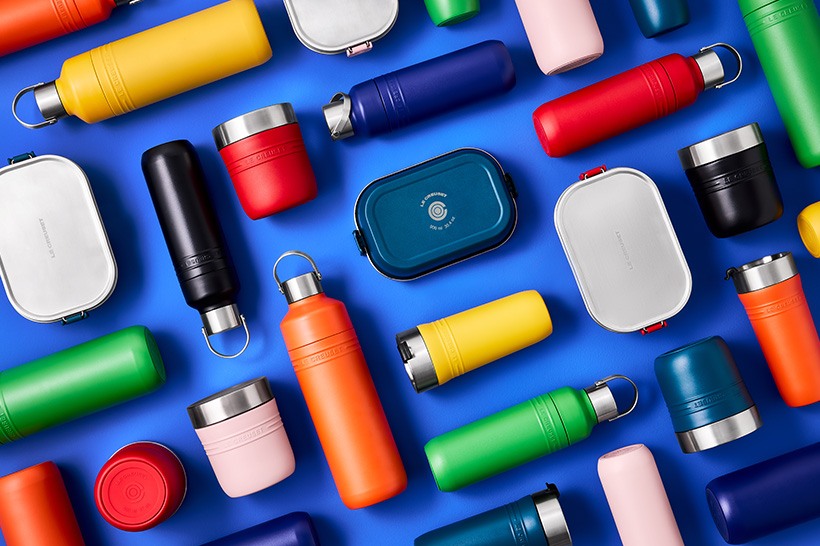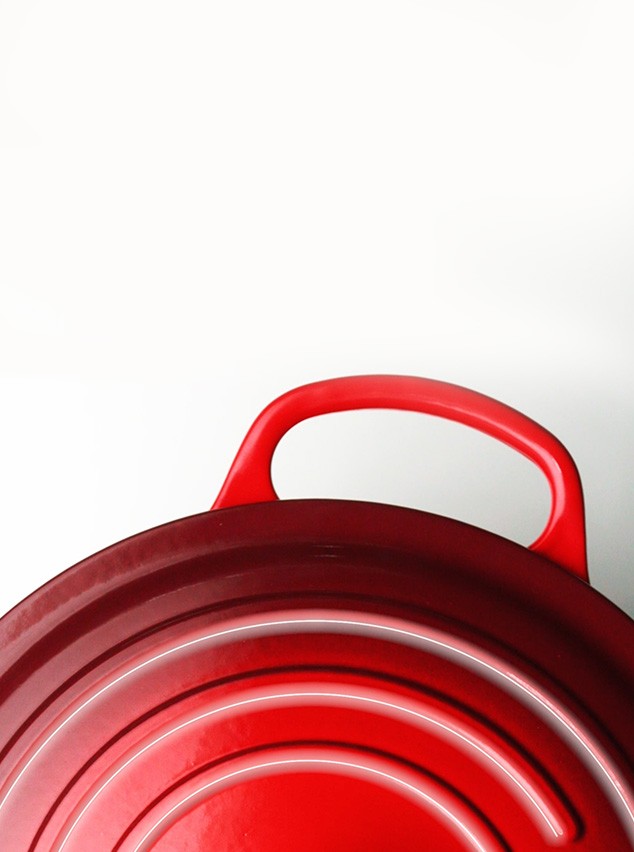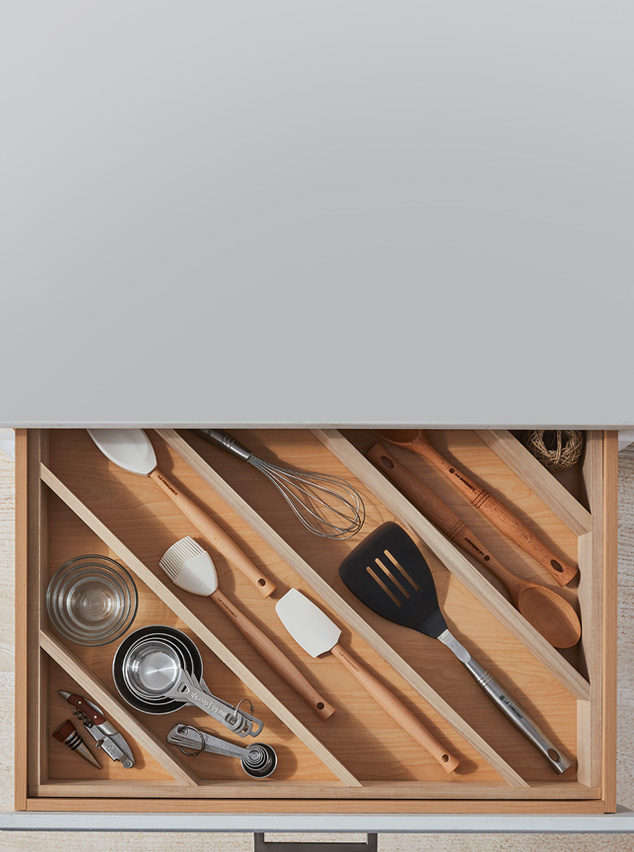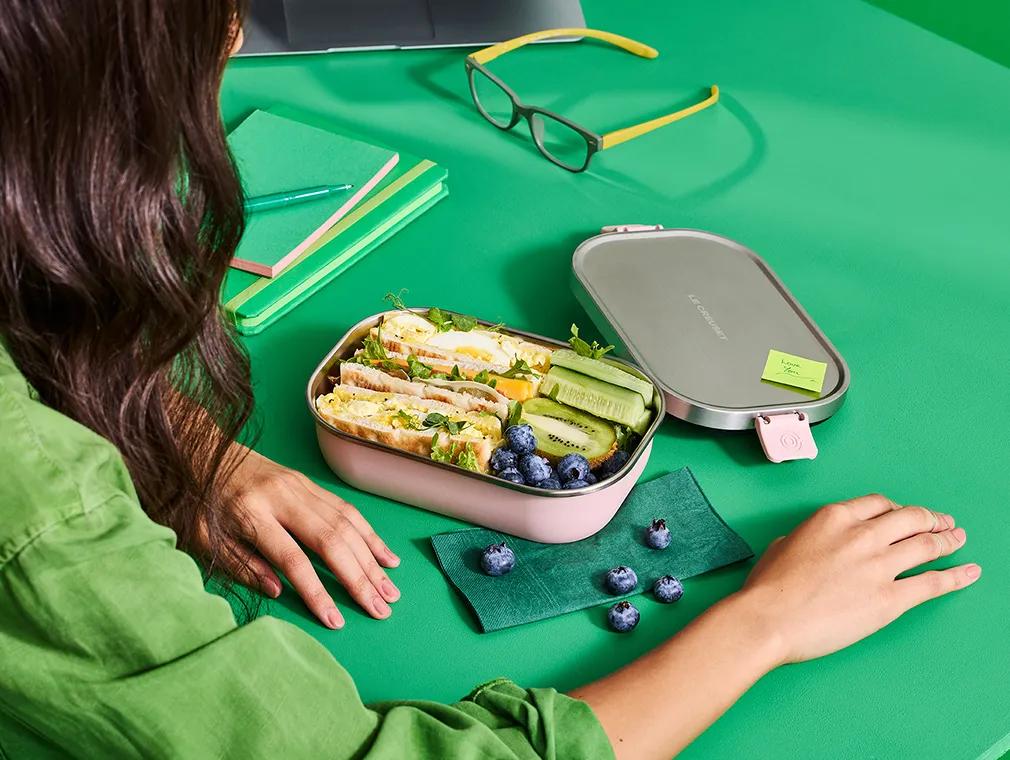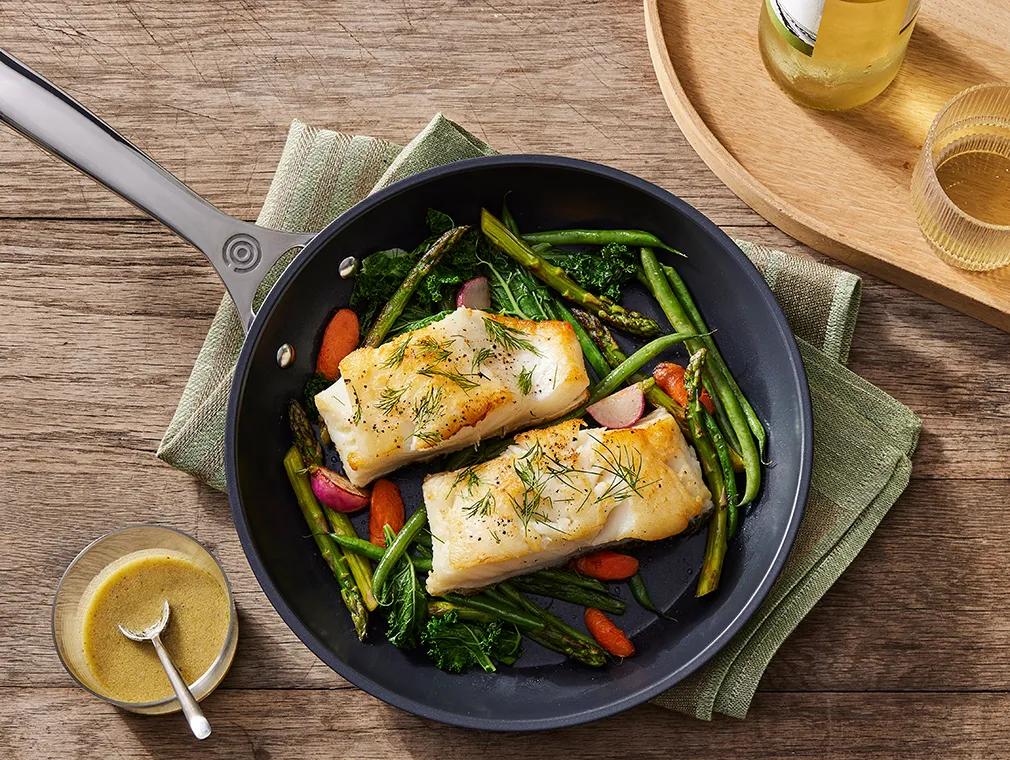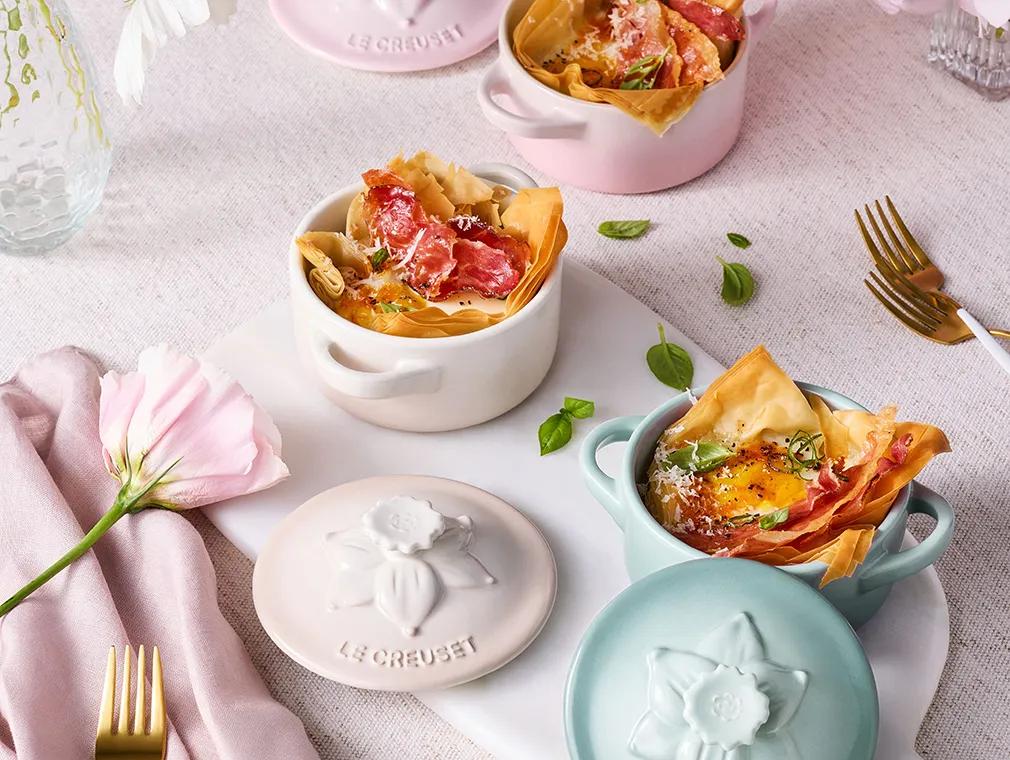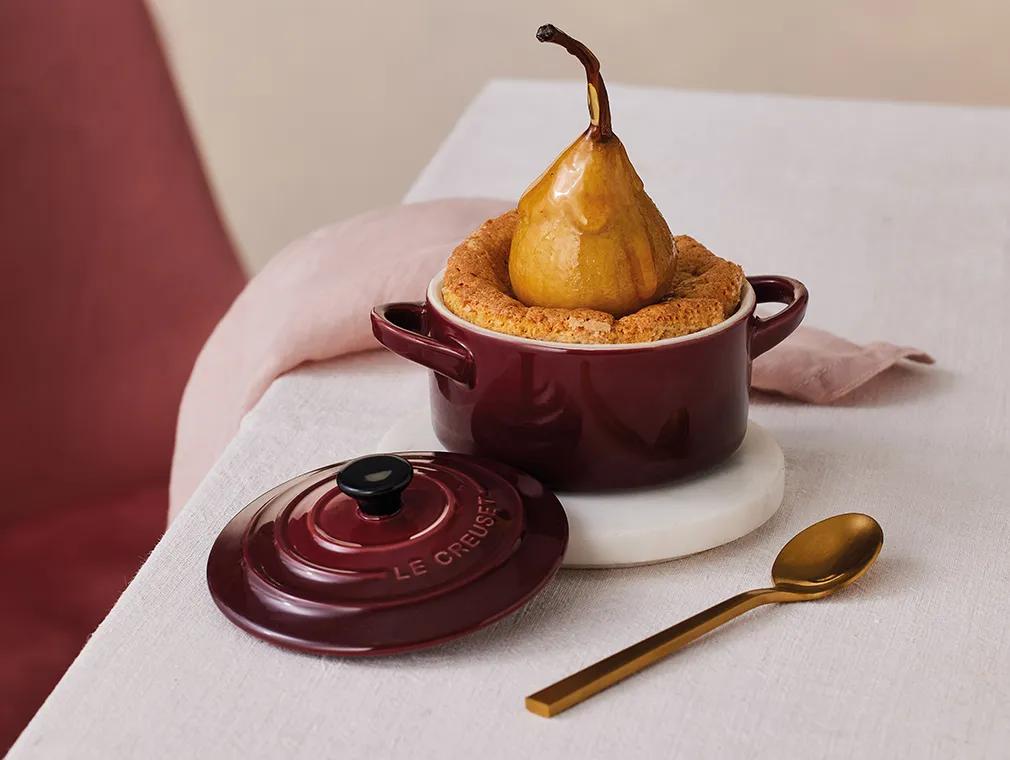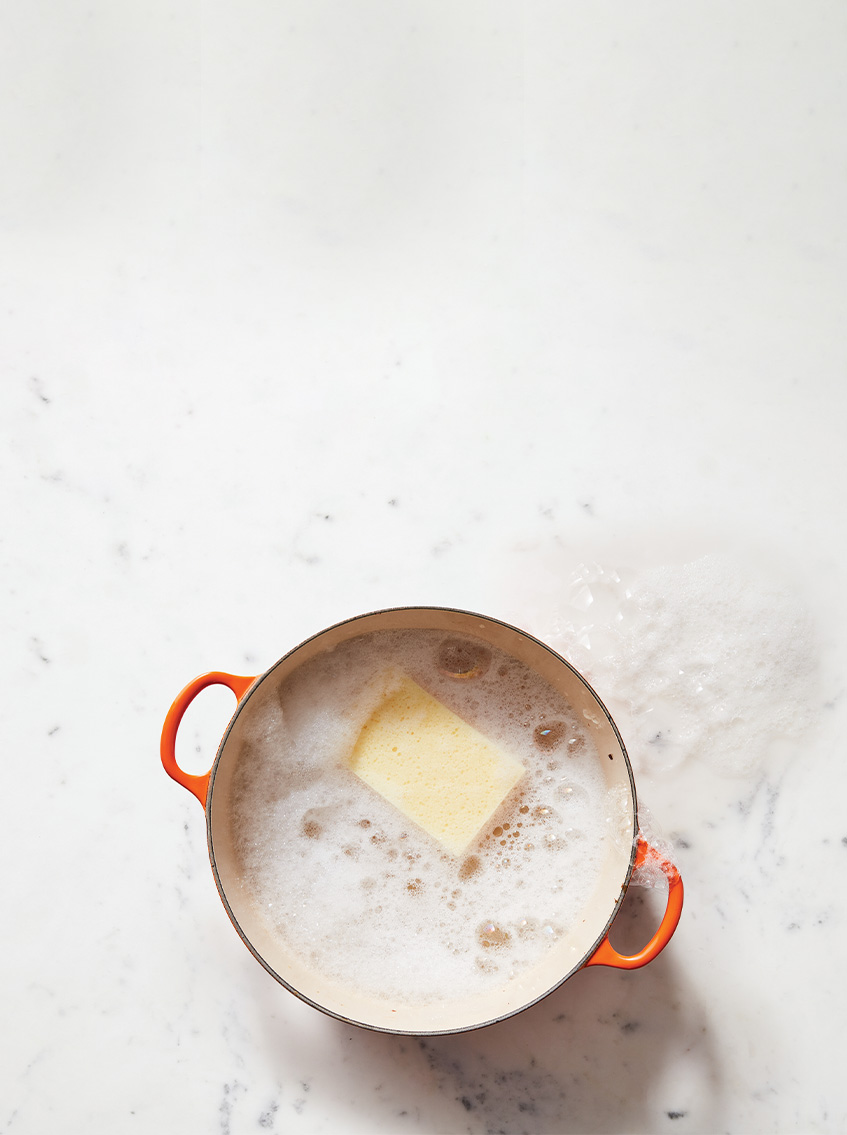Guide to the Best Pans and Pots for Induction Hobs
Discover the growing appeal of induction cooking, favoured by home cooks and culinary professionals alike. Harnessing magnetic currents to heat pots, pans and other cookware directly, this method maximises efficiency, precision, and safety, making it a game-changer in the culinary world. Keep reading to learn how our induction-compatible pans and pots can be applied to this modern way of cooking.
What to Consider When Buying Induction Cookware
Are you wondering where to start? Here are some things to look out for when purchasing new cookware for your induction hob.
Uniform Base
The entire base of the cookware should make contact with the induction hob. If a pot or pan is warped, it might result in poor contact and reduce its effectiveness on induction.
Induction Compatibility Sign
Look for the induction compatibility symbol on the cookware packaging. Our induction-compatible cookware is clearly marked to make the selection process easier.
Magnetic Base
Check if the cookware has a magnetic base by seeing if a magnet sticks. Our Cast Iron, Stainless Steel, Toughened Non-Stick and Essential Non-Stick Ceramic pans and pots are magnetic and suitable for induction.
Start with Your Preferred Sizes and Styles
Begin with pots, pans and cookware that you use most often, considering which suits your cooking preferences. This will ensure you have the essentials covered.
Induction-Compatible Cookware Materials
Our induction hob pans and pots, made from top-quality materials, provide durability, even heat distribution, and a wide variety of options to suit your cooking needs. Whether it's Cast Iron, Stainless Steel, Toughened Non-Stick or Essential Non-Stick Ceramic, you can trust our cookware for exceptional induction cooking on the hob (and in the oven).
Enamelled Cast Iron
Our Cast Iron’s natural magnetism makes it ideal for induction cooking. Avoid using the booster function.
Stainless Steel
Thanks to a magnetic stainless steel brush and base disc, our Stainless Steel can be used on induction hobs.
Toughened Non-Stick
A magnetic stainless steel disc throughout the entire base optimises induction compatibility.
Best materials for cooking
Explore a diverse selection of cookware, each offering distinct advantages, and discover the best materials for you.
Discover the Best Induction Cookware for You
Explore the possibilities of induction cooking and elevate your culinary experience with our trusted cookware.
Tips for Induction Cooking
Master the art of cooking on induction hobs. These tips will help you achieve the best results while taking care of your cookware.
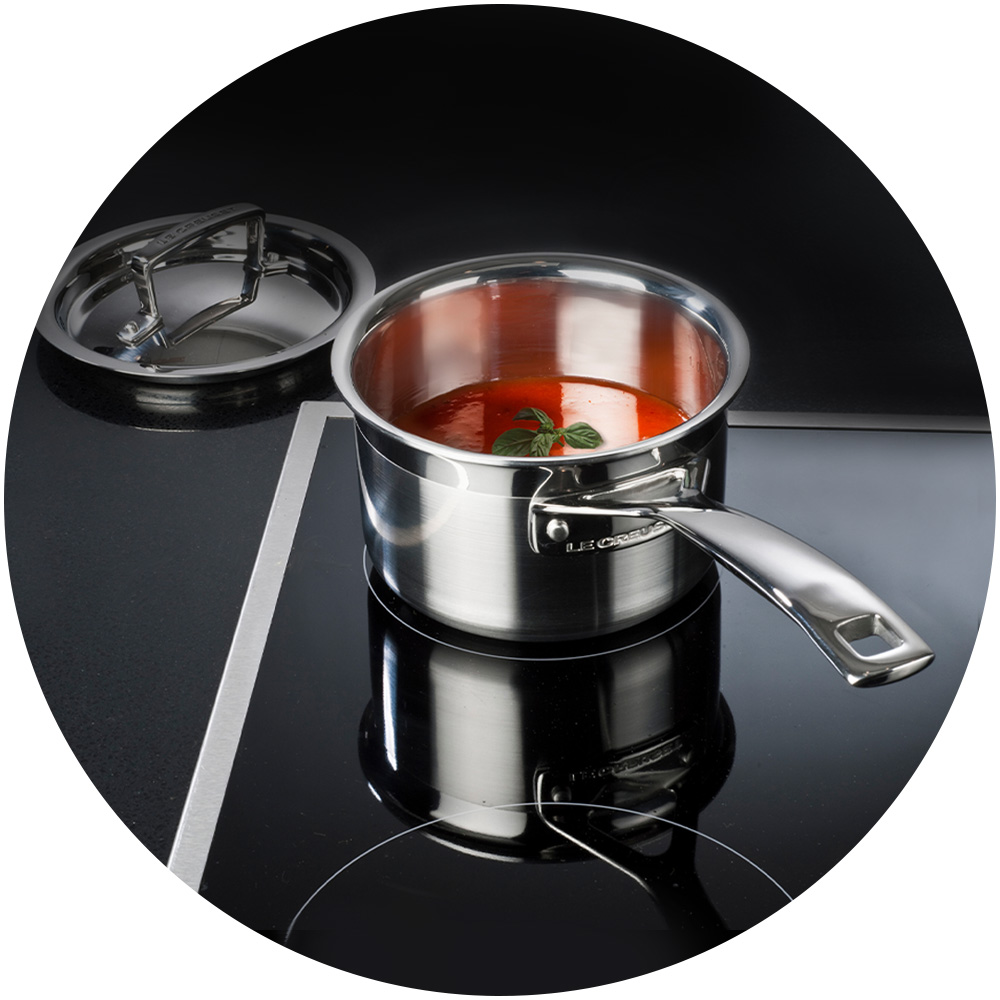
Use the correct hob size
The hob should not be bigger than the pan as this would reduce the heating performance or simply not work. It is okay if the pan is larger than the hob, but for optimal performance, match both sizes.
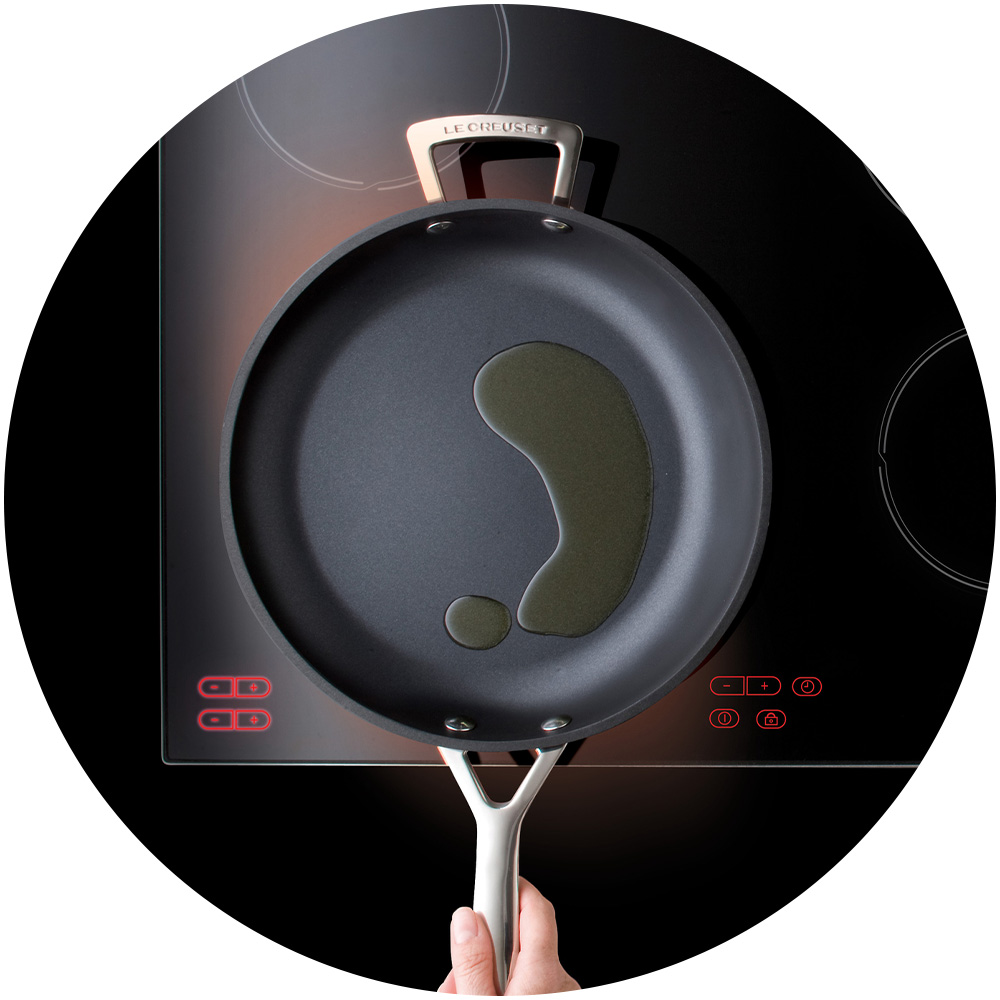
Lift on and off surfaces
Place the pan carefully on the hob and always lift it on and off to prevent scratches on the induction surface.
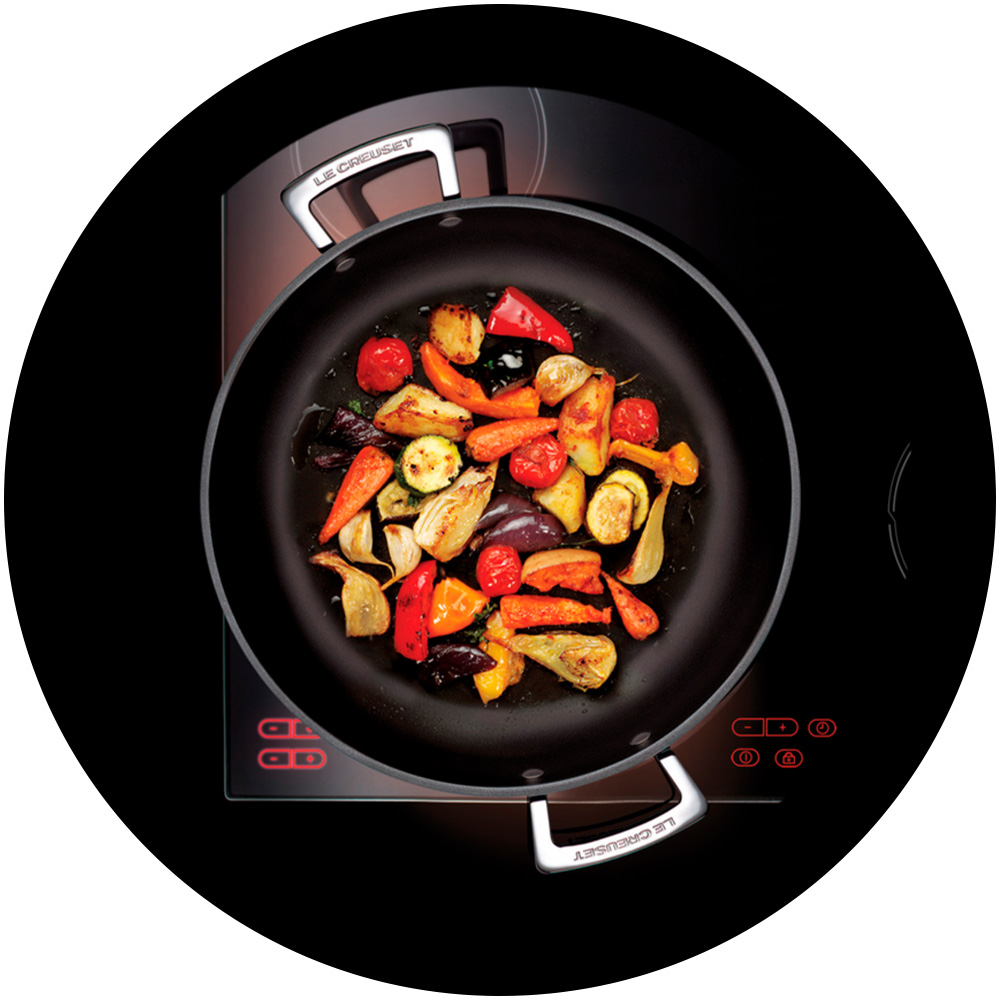
Limit or avoid the boost function
Only use the boost option for boiling water; however, we recommend cooking over low to medium heat, as all our cookware is designed to heat evenly and effectively. This will also allow for easier clean-up.
Understanding Induction-Compatible Cookware
Is Le Creuset suitable for induction cooking?
From pots and pans to kettles and casseroles, we offer various cookware designed with induction compatibility in mind. Making them easy to identify, these products’ packaging showcases the compatibility symbol.
What should you look for when buying induction-compatible cookware?
Firstly, ensure your pot, pan, or other cookware is magnetic – a hallmark of induction compatibility. Then, select a premium material such as our Enamelled Cast Iron, Stainless Steel, Toughened Non-Stick or Essential Non-Stick Ceramic cookware. Expertly crafted, these make perfect culinary investments.
What are the benefits of induction hob cooking?
Induction hob cooking offers rapid heating and cooling thanks to its electromagnetic energy. This method is more efficient as it utilises magnetic properties to generate heat by turning cookware into its heat source.
How do you heat a pan on an induction hob?
Choose the correct-sized hob for your cookware piece. Place on low heat and add oil. Let it heat slowly, not exceeding two-thirds of the maximum heat setting. If the oil sizzles, you are ready to cook. We recommend cooking over low to medium heat, avoiding the boost function.
Recommended for You
Find more inspiration for all your cooking endeavours and curate the perfect kitchen setup.






